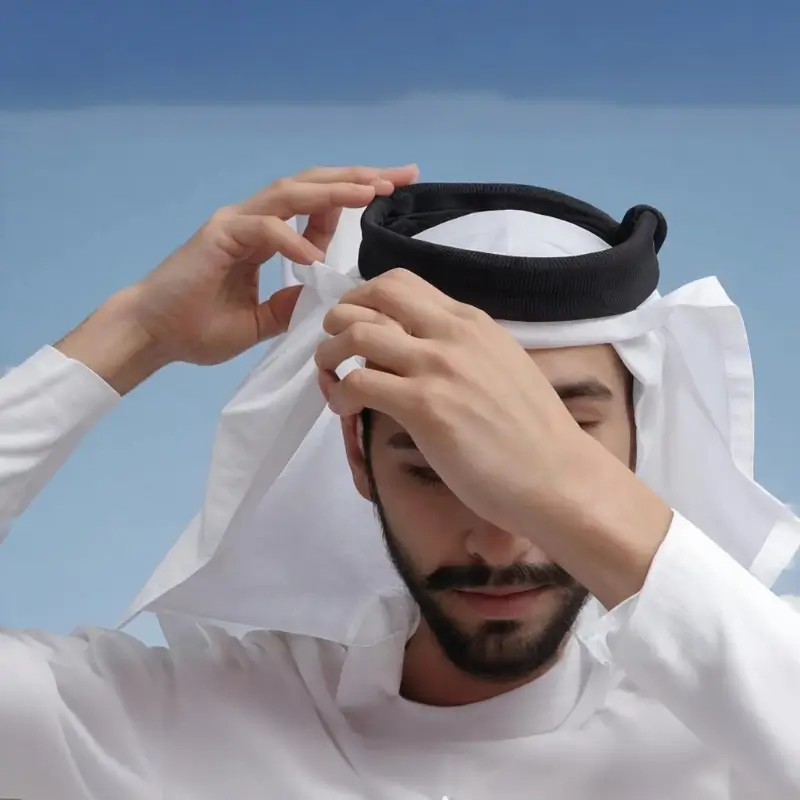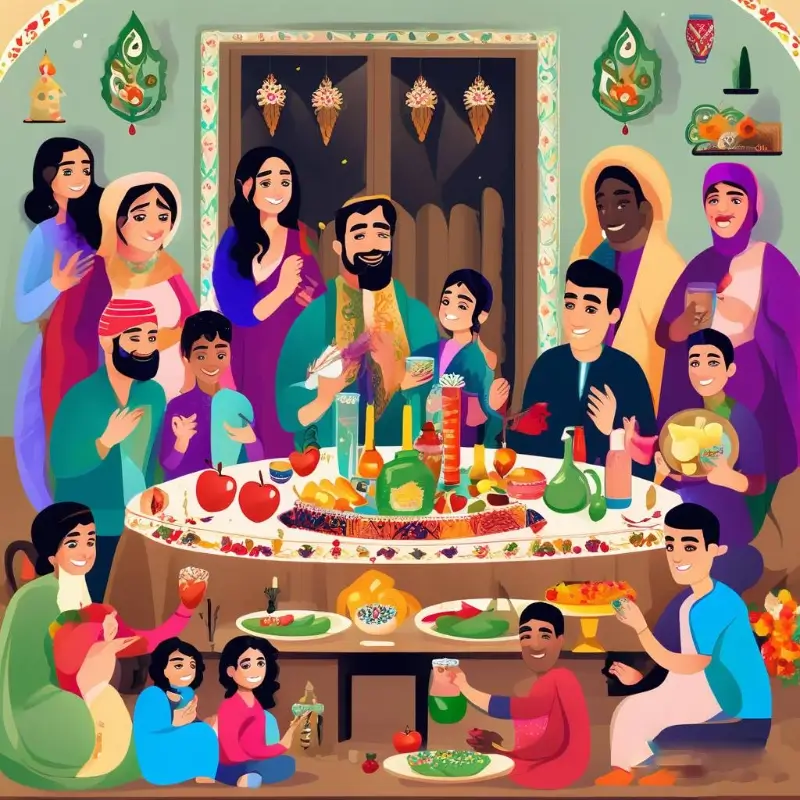why do Arabs wear headscarves?
The wearing of headscarves among Arabs, particularly for women, is a tradition with multiple historical, cultural, religious, and social meanings. It’s important to note that Arabs are a diverse group of people spread across multiple countries with various traditions and beliefs, and not all Arabs wear headscarves.
In many Arab countries, the headscarf is seen as a symbol of modesty and dignity. It can also be a way to maintain cultural identity and resist external influences, such as those from Western countries. For some, it is a religious requirement. In Islam, the hijab (headscarf) is worn by many female followers as a demonstration of faith and modesty. The Quran encourages Muslims to dress modestly, and for some women, this means covering their hair, neck, and chest.
It’s also worth noting that the style and practice of wearing a headscarf can vary greatly. Some women may wear a simple scarf that covers the hair and neck, while others may wear more complex veils that cover the entire body except the face.
Arabs wear headscarves, commonly known as keffiyeh, shemagh, or ghutra, for various reasons, including:
- Protection from Climate: In arid regions of the Arab world, the headscarf serves as a practical tool for protection against harsh desert conditions, shielding the wearer’s head, neck, and sometimes face from the sun, sand, and dust.
- Cultural Tradition: Headscarves are deeply ingrained in the cultural identity and heritage of many Arab societies. They are worn by men and sometimes women as a traditional piece of attire that signifies regional customs and pride.
- Religious Significance: For Muslim women, wearing a headscarf (hijab) is often a religious practice that demonstrates modesty and piety, according to Islamic teachings. The hijab covers the hair and sometimes the neck and shoulders.
- Social Norms: Depending on the country and community, wearing a headscarf may be a social norm or expectation, especially in conservative areas.
- Fashion Statement: Both men and women also wear headscarves as a fashion accessory, incorporating various designs, colors, and styles to match their outfits or to show solidarity with certain cultural symbols.
- Identity Marker: Different patterns and ways of tying headscarves can denote nationality, tribe, or social affiliations within the Arab world.
Each individual’s motivation for wearing a headscarf can vary widely, combining aspects of cultural preservation, religious observance, and personal expression.



